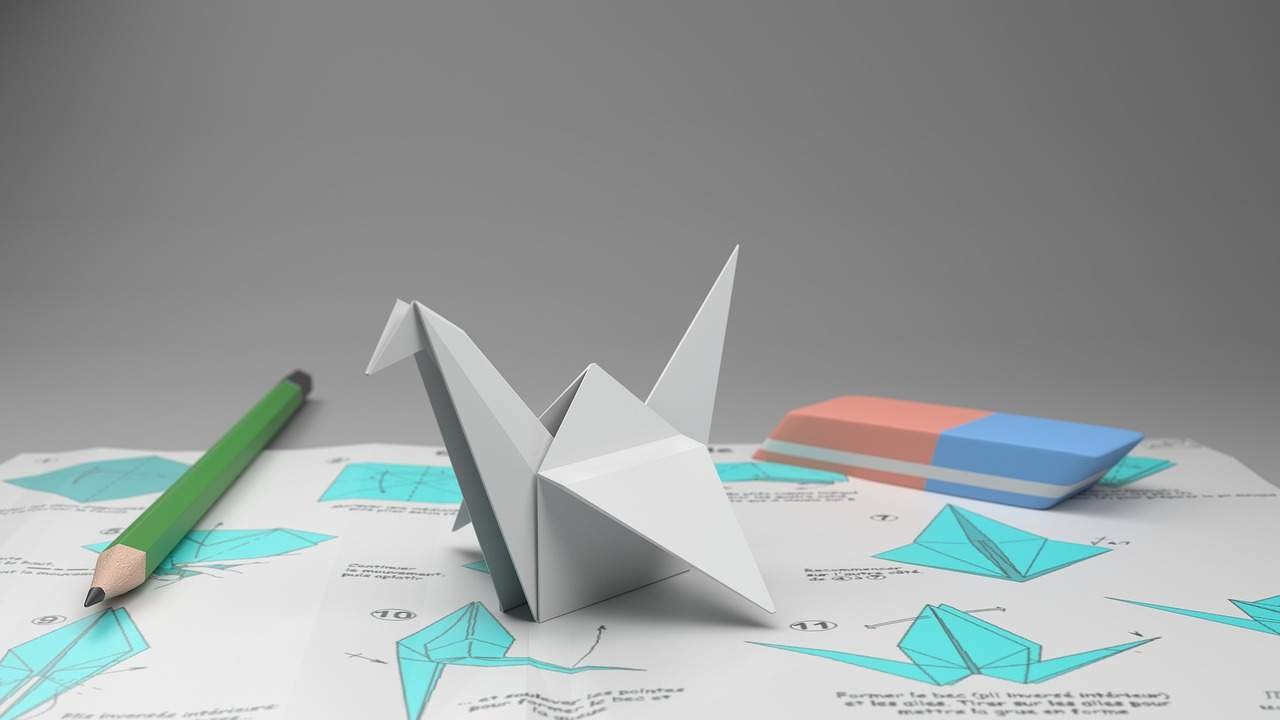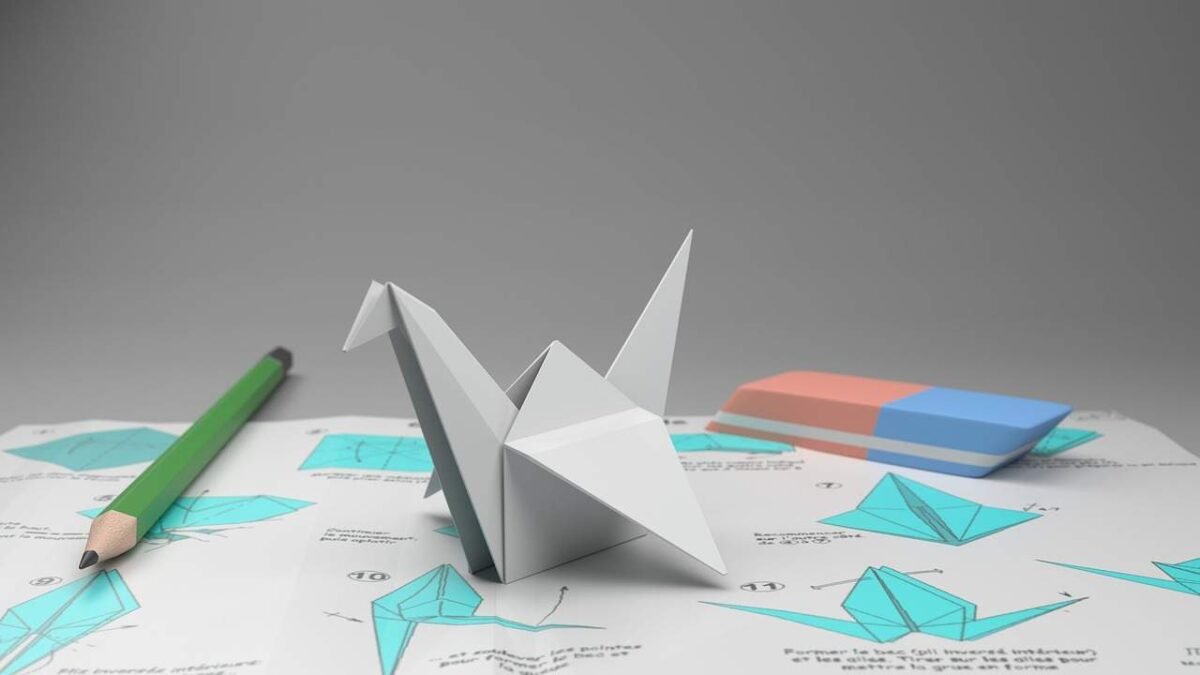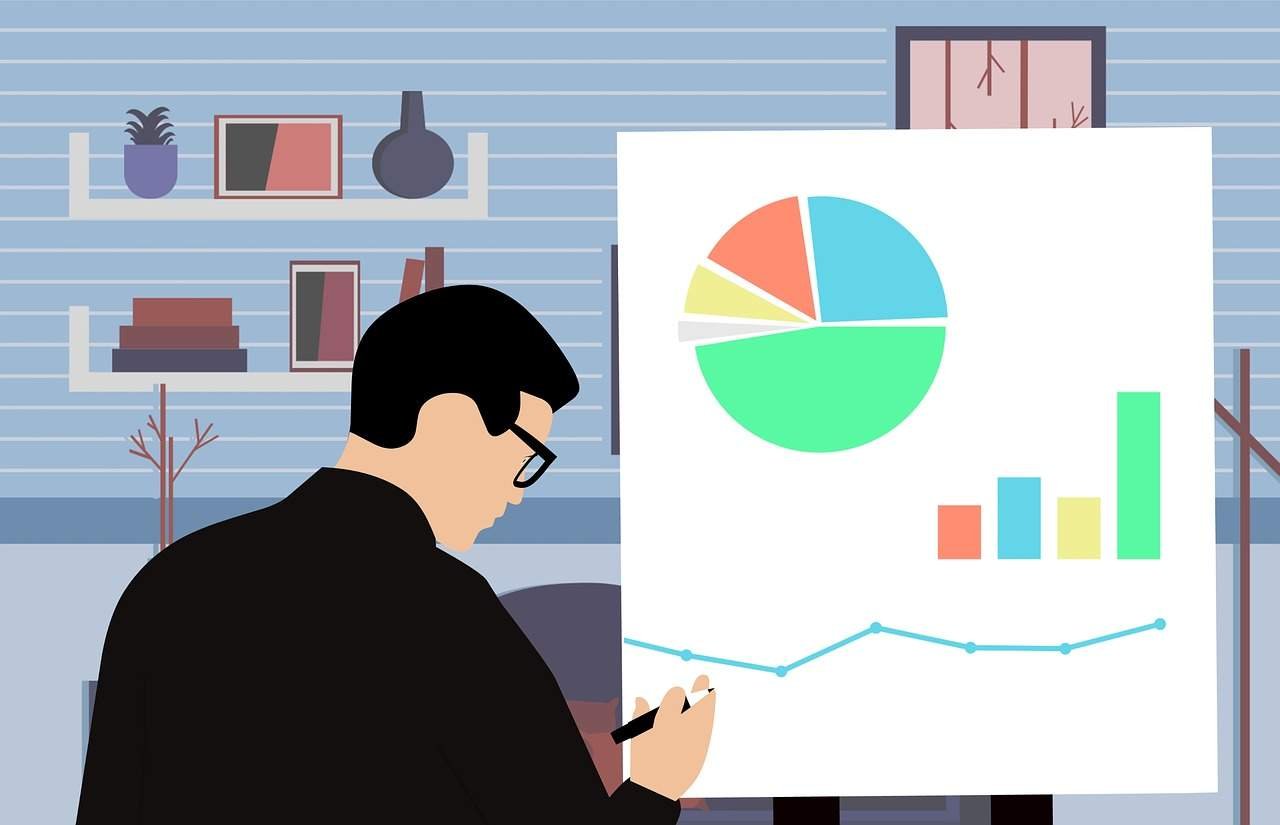Unlock the potential of B2C business: Learn how businesses directly reach and satisfy individual consumers with products and services. #B2C #B2CBusiness #BusinesstoConsumer!
Understanding B2C (Business to Consumer)
B2C, or Business to Consumer, refers to the transactional relationship between a business and individual consumers. This model focuses primarily on selling products and services directly to consumers who are the end-users. Unlike B2B (Business to Business), which involves selling to other companies, B2C interactions are more straightforward and have shorter sales cycles. Discover the benefits of digital exchange and how they have revolutionized the financial landscape.
What is Business to Consumer (B2C)? Meaning and Definition
Business to Consumer (B2C) is a term that delineates the process of selling products and services directly from businesses to individual consumers. Unlike the B2B model, which involves commercial transactions between businesses, B2C is characterized by personal transactions between businesses and their end customers.
In a B2C model, businesses target the needs and desires of individuals with their products or services. These transactions typically include items like clothing, food, electronics, and services such as online streaming or travel booking. The sales processes are designed to be simple, often instantaneous, and aim to provide a seamless purchasing experience for the consumer.
The digital age has expanded the B2C landscape significantly through e-commerce platforms, enabling businesses to reach a global consumer base online. Notably, B2C is not limited to physical products but also encompasses the provision of services directly to consumers, such as financial services, healthcare, and entertainment.
One of the key attributes of B2C is the marketing approach that businesses adopt. It usually involves emotional, engaging, and persuasive tactics that appeal to consumers, contrasting the more rational and relationship-driven marketing used in B2B models. The goal in B2C marketing is often to drive impulse buys and capitalize on consumer buying behaviors.
Types of B2C Business Models
The B2C (Business to Consumer) sector comprises various models that cater to the direct selling of products and services to consumers. Below, we discuss the primary types of B2C business models that are prevalent in the market today:
1. E-Tailers/Online Retailers
E-Tailers are essentially online retailers that operate on the internet. These businesses sell a variety of goods, from clothing to electronics, directly to the consumer through their websites or mobile apps. Examples include Amazon, eBay, and many others that have digital storefronts for consumers to browse and purchase items.
2. Direct Sellers
Direct sellers market their goods and services directly to consumers, often bypassing the traditional retail environment. This model can include both online and physical sales methods, such as through a company’s own website or via in-person demos and home parties.
3. Online Services
This category includes companies that provide services rather than tangible goods, which could involve financial services, travel accommodations, online courses, and streaming services such as Netflix or Spotify. The transactions for these services are facilitated online.
4. Community-Based Models
Platforms that rely on community-based models enable users to interact and sell directly to one another. Social media marketplaces, forums, and classified ads websites like Facebook Marketplace or Craigslist are examples where communities drive the commerce.
5. Subscription Services
Subscription services have gained popularity by offering products or services on a recurring basis. This model often brings convenience and value to consumers, fostering brand loyalty. Examples include monthly subscription boxes for food, cosmetics, or books, as well as software or media subscriptions.
6. Fee-for-Service
Under this model, businesses charge consumers for specific professional services. This can include sectors like healthcare, consulting, or financial services where a direct transactional relationship exists between the service provider and the consumer.
7. Freemium Services
Freemium models offer a basic version of a product or service for free while charging for advanced features or benefits. This is common in apps and software where users can upgrade to premium versions for enhanced capabilities or an ad-free experience.
8. Advertisement-Based Models
These businesses provide content or services free of charge to consumers but generate revenue through advertisements. Many online publications, social networks, and video platforms use this model where consumer attention is monetized by showing targeted advertisements.
Each of these B2C business models is designed to cater to specific consumer needs and preferences, utilizing the digital advancements of today’s economy to facilitate transactions and enhance customer experiences.
Differences between B2C (Business to Consumer) and B2B (Business to Business)
When comparing the B2C and B2B models, a number of key differences emerge, relating to the transaction process, customer relationship management, sales cycle, marketing strategy, and purchasing behavior. Here we explore these distinctions in detail:
Transaction Complexity and Volume
B2B transactions are often more complex and involve higher volumes than B2C transactions. B2B sales typically require more significant investment in both time and resources, dealing with larger quantities, while B2C transactions are usually simpler and involve individual consumer purchases.
Sales Cycle Duration
The sales cycle in B2B is generally longer due to the need for decision-making that often involves multiple stakeholders. In contrast, B2C sales cycles are shorter because the decision-making process is usually confined to individual consumers who can make purchases quickly, often impulsively.
Relationship Focus
B2B relationships tend to be long-term and relationship-driven, focusing on building and maintaining a professional rapport. B2C relationships are more transactional, with the primary focus being on the product or service fulfillment for individual consumers.
Marketing Strategies
The marketing approach in B2B involves more content-driven, educational material tailored toward a professional audience, emphasizing the value and ROI of the product or service. B2C marketing is often emotional and attempts to tap into the consumer’s desires and needs, inspiring quick purchasing decisions through engaging and persuasive tactics.
Customer Decision Process
In B2B, the purchasing decision is typically based on logic and calculated decision-making, requiring clear evidence of business value. On the other hand, B2C consumers are often driven by emotion, brand recognition, and personal desires, which can lead to more spontaneous purchasing decisions.
Pricing and Payment Terms
B2B pricing structures are often negotiated and may include tiered pricing based on volume, with longer payment terms arranged. In contrast, B2C prices are usually fixed, and consumers are expected to pay for products or services upfront or through consumer financing solutions.
Buyer’s Expertise
B2B buyers are usually experts in their industry who need detailed information and specifications to make an informed purchase. In the B2C market, consumers may not have the same level of understanding or interest in detailed product specifications and often rely on simplified information and brand trust.
Product Tailoring
B2B products and services might be customized to meet specific business requirements, which can include customization in features, integrations, or scale. B2C offerings are often standardized to suit the broad requirements of the consumer market.
After-Sales Service and Support
B2B after-sales service and support are critical components and can be quite involved, including training, implementation, and ongoing support. B2C after-sales service must be responsive and user-friendly but typically doesn’t require the same level of depth as B2B.
User Experience and Convenience
Convenience and user experience are pivotal in B2C, emphasizing easy and enjoyable interactions with products and services. While also important in B2B, the focus is more on efficiency and meeting specific business needs within the buyer’s journey.
Understanding these differences is crucial for any business in developing effective strategies and processes that are tailored to their specific target market—whether it’s individual consumers or other businesses.
Pros of B2C (Business to Consumer)
Wider Market Reach
B2C businesses benefit from a vast market of individual consumers and the potential to scale rapidly, especially with the global reach of the internet and e-commerce platforms.
Faster Sales Cycles
The sales cycle in B2C is shorter than in B2B, enabling businesses to convert leads to sales quickly, often with instantaneous transactions.
Direct Consumer Relationships
B2C allows businesses to engage directly with consumers, gather feedback, and use that information to improve products or services promptly.
Emotional Branding Opportunities
The emotional connection to a brand is more prevalent in B2C, which companies can leverage through storytelling and creative marketing campaigns.
Simplified Decision-Making Process
In B2C, the decision-making generally rests with a single individual, simplifying the sales process compared to the committee-based decisions common in B2B.
Opportunity for Impulse Buying
B2C businesses can take advantage of impulse buying behavior through strategic marketing and product placements.
High Volume of Transactions
B2C markets often experience a high volume of transactions with a wide array of consumer products and services in demand.
Innovative Pricing Strategies
With B2C, businesses can employ various pricing strategies and promotions, such as discounts and special offers, to attract and retain customers.
Flexibility in Product and Service Offerings
Consumer trends can change quickly, and B2C companies can be more agile in responding to these shifts with new or adjusted offerings.
Cons of B2C (Business to Consumer)
Lower Average Transaction Value
Individual consumer transactions are generally lower in value compared to the large-scale transactions in the B2B space.
Higher Customer Acquisition Costs
Attracting individual consumers can be costly due to the need for extensive marketing and advertising efforts.
Increased Competition
The accessibility of the B2C market leads to high levels of competition, which can make customer retention challenging.
Sensitivity to Consumer Behavior
B2C markets are more susceptible to changes in consumer trends, economic fluctuations, and shifts in brand loyalty.
Limited Personal Relationships
The focus on transactions rather than long-term relationships means businesses may have more difficulty fostering loyalty and repeat business.
Need for Extensive Customer Support
Due to the transactional nature and high number of consumers, B2C companies often require a large customer support infrastructure.
Reliance on Brand Perception
B2C success is heavily reliant on brand image, which can be damaged by factors such as poor quality, negative reviews, or public relations issues.
Product Returns and Exchanges
B2C businesses typically have higher rates of returns and exchanges, which can be costly and time-consuming to manage.
Dependence on Consumer Reviews and Social Proof
Potential customers often depend on reviews and social proof, meaning a few negative experiences can significantly impact sales.
By understanding the advantages and disadvantages of B2C, businesses can strategically plan their operations, marketing efforts, and customer engagement tactics to effectively serve the consumer market and optimize their growth and profitability.
Success Practices for Your B2C Business
To thrive in the competitive landscape of B2C business, companies need to adopt a set of best practices that not only attract consumers but also retain them and foster brand loyalty. Here are some strategies that can help B2C businesses succeed:
Focus on Customer Experience
Enhancing the consumer’s purchasing journey can lead to increased satisfaction and repeat business. Ensure your website is user-friendly, customer service is impeccable, and that you have a hassle-free return policy.
Leverage Data Analytics
Utilize tools and software to analyze consumer data and behavior. Insights gained from this data can inform product development, targeted marketing campaigns, and personalized shopping experiences.
Implement SEO Best Practices
Invest in Search Engine Optimization (SEO) to increase visibility in search engine results. A solid SEO strategy can drive organic traffic to your website, leading to higher sales conversions.
Engage Through Social Media
Social media platforms offer powerful channels for engagement, customer service, and viral marketing. Create engaging content that resonates with your audience to stimulate shares and entice new customers.
Create High-Quality Content
Content marketing can help establish your brand as a leader in your industry. Publish informative blogs, videos, and guides that not only engage your audience but also provide value.
Optimize for Mobile Devices
With the rise of smartphones, having a mobile-optimized platform is essential. Ensure your website and emails are responsive and easy to navigate on a mobile device.
Utilize Email Marketing
Capture email addresses and employ segmented email marketing to keep in touch with your consumers. Personalized emails can lead to higher engagement and more sales.
Encourage Reviews and Testimonials
Since consumers often rely on social proof, encourage satisfied customers to leave positive reviews and testimonials which can be showcased on your website and social channels.
Harness the Power of Personalization
Use consumer data to create personalized experiences, from product recommendations to tailored emails. Personalization can significantly impact consumer purchasing decisions.
Offer Multiple Payment Options
Incorporate a variety of payment methods including credit cards, digital wallets, and financing options to reduce friction at checkout and accommodate consumer preferences.
Stay Agile with Trends and Technologies
The B2C landscape is continuously evolving. Stay current with the latest trends and technological advances to offer innovative solutions that meet the changing needs of consumers.
Develop a Strong Value Proposition
Clearly articulate the unique benefits of your products or services. A compelling value proposition can differentiate your brand from competitors and attract more consumers.
Foster Community Engagement
Build a community around your brand through forums, membership programs, or interactive events. A strong community can lead to brand advocates and organic word-of-mouth marketing.
Implement Loyalty Programs
Reward repeat customers with loyalty programs that offer discounts, exclusive access, or other perks. Loyalty programs can enhance customer retention rates and lifetime value.
Monitor and Manage Your Online Reputation
Actively monitor what’s being said about your brand online. Address any negative feedback promptly and professionally to maintain a positive reputation.
Continuously Optimize and Test
Regularly test different aspects of your marketing and sales funnels. Use A/B testing for websites, ads, and emails to find what resonates best with your audience and optimize accordingly.
By adhering to these best practices, B2C businesses can build strong relationships with consumers, increase their market reach, and drive sustainable growth in a dynamically changing marketplace.
Amazon: The Gold Standard in E-commerce
Amazon started as an online bookstore and quickly expanded to offer everything from electronics to groceries. Their customer-centric approach is legendary, featuring user-friendly shopping, personalized recommendations, and the groundbreaking Amazon Prime subscription service offering fast, free shipping and streaming services, cultivating an immense loyal customer base.
Netflix: Revolutionizing Entertainment Consumption
Netflix transitioned from DVD rentals to a streaming colossus, transforming how consumers access films and television. By investing in original content and a powerful recommendation algorithm, Netflix has not only maintained relevance but has also become synonymous with contemporary home entertainment.
Apple: Fusing Technology with Lifestyle
Apple has masterfully created an ecosystem of products and services, with an emphasis on design and user experience. Their retail stores provide hands-on product experiences coupled with exceptional customer support, bringing palpable excitement to the release of every new iPhone, iPad, and MacBook, solidifying Apple’s illustrious image in the technology landscape.
B2C: Beginning of Future Business
The business landscape is in a state of perpetual evolution, shaped by the dynamic forces of technological advancement, consumer behavior, and economic change. In this transformative era, Business to Consumer (B2C) stands at the forefront of modern commerce, heralding what can be seen as the dawn of future business.
The Digital Revolution
The inception of the internet marked the beginnings of a new chapter in B2C commerce. This isn’t just about a transformation from brick-and-mortar to online stores—it’s the spark that ignited a colossal shift in how businesses approach product design, consumer interaction, and marketing strategies. The digital age has democratized the consumer market, where accessibility and information equip consumers with unprecedented power to dictate market trends.
Touch of Technology
Technology isn’t just a tool; it’s become the cornerstone of consumer interaction. With AI-powered chatbots, VR showrooms, and AR applications, the B2C ecosystem is delivering experiences that were once considered pure science fiction. These advancements are not merely enhancing consumer convenience; they are redefining the very concept of what it means to shop and engage with brands.
The Global Marketplace
E-commerce platforms have dismantled geographical barriers, enabling businesses to extend their reach far beyond local communities and national borders. This global marketplace is not only a conduit for product distribution but also a melting pot of cultural exchange, innovation, and competition. B2C has truly become a gateway to the world, offering diverse products and services to an international audience.
The Era of Personalization
One of the most powerful dimensions of future B2C commerce is personalization. Big Data analytics and AI have made it possible to tailor experiences, offers, and communications to the individual preferences and behaviors of consumers. This hyper-personal approach builds deeper connections between businesses and consumers—converting one-time purchases into loyal, engaged customers.
Speed and Agility
Today’s consumers demand immediacy, and B2C businesses are responding with real-time solutions. Whether it’s same-day delivery through logistics innovations or instant customer service responses, the need for speed has never been greater. This fast-paced environment favors agile businesses that can quickly adapt to changing consumer needs and market fluctuations.
The Green Imperative
Sustainability is no longer a niche concern but a global imperative that’s shaping future business practices. B2C companies are increasingly aware that their environmental footprint is a significant factor in consumer decision-making. From eco-friendly packaging to responsibly sourced products, B2C businesses are integrating green principles into their operations to meet the demands of an eco-conscious consumer base.
Consumer Empowerment
The B2C model empowers consumers to dictate market trends, voice their opinions publicly, and hold businesses accountable. The ability to leave reviews, share experiences on social media, and influence brand perceptions has shifted the power dynamics in favor of the consumer. As such, consumer feedback has become a vital ingredient for business growth and innovation.
Challenges and Opportunities
The road ahead for B2C is paved with both challenges and opportunities. While the potential for reach and influence is unprecedented, so is the complexity of managing global supply chains, navigating digital security concerns, and rising above the cacophony of an overcrowded marketplace.
B2C businesses that are forward-thinking, customer-obsessed, and nimble in the face of change will not only survive but thrive in this evolving landscape. As we delve into this brave new world of future business, the B2C sector holds a mirror to our society’s advancements, challenges, aspirations, and potential for growth.
The future of B2C is not a distant reality; it is already unfolding before us. With each technological breakthrough and each shift in consumer expectation, B2C continues to march at the vanguard of commerce, signaling the start of what is undoubtedly an exciting era for businesses and consumers alike.














